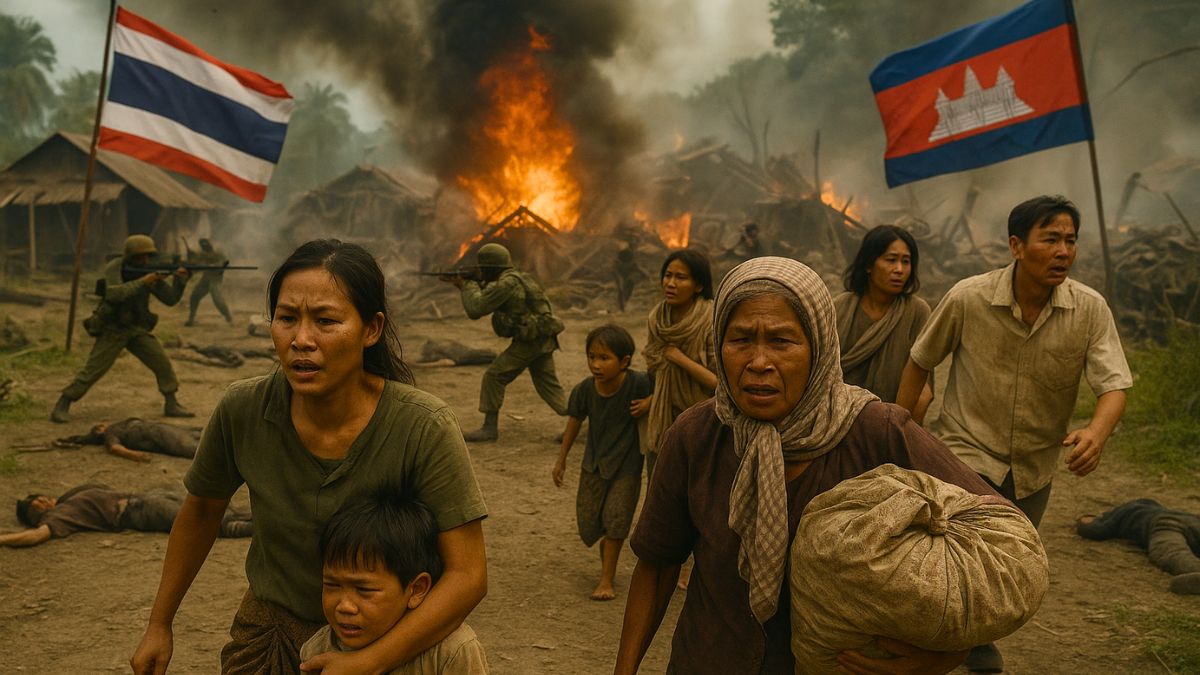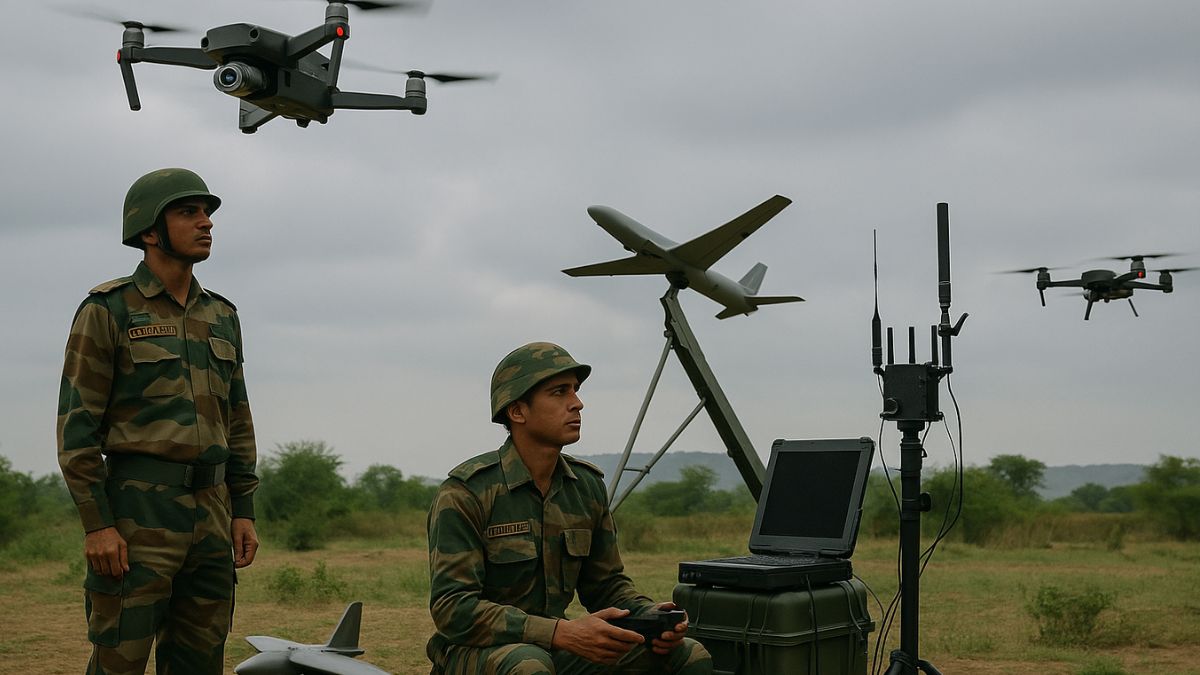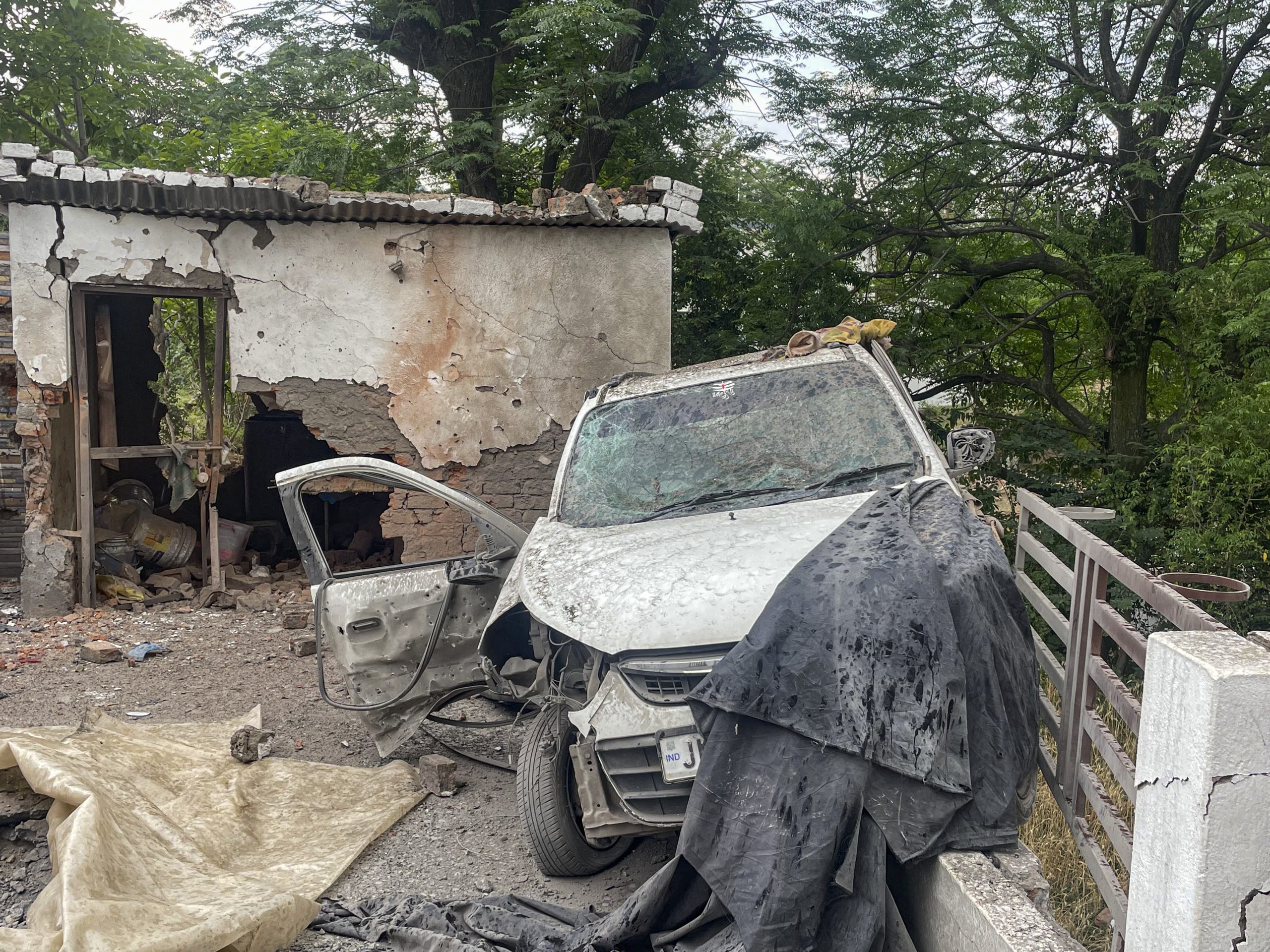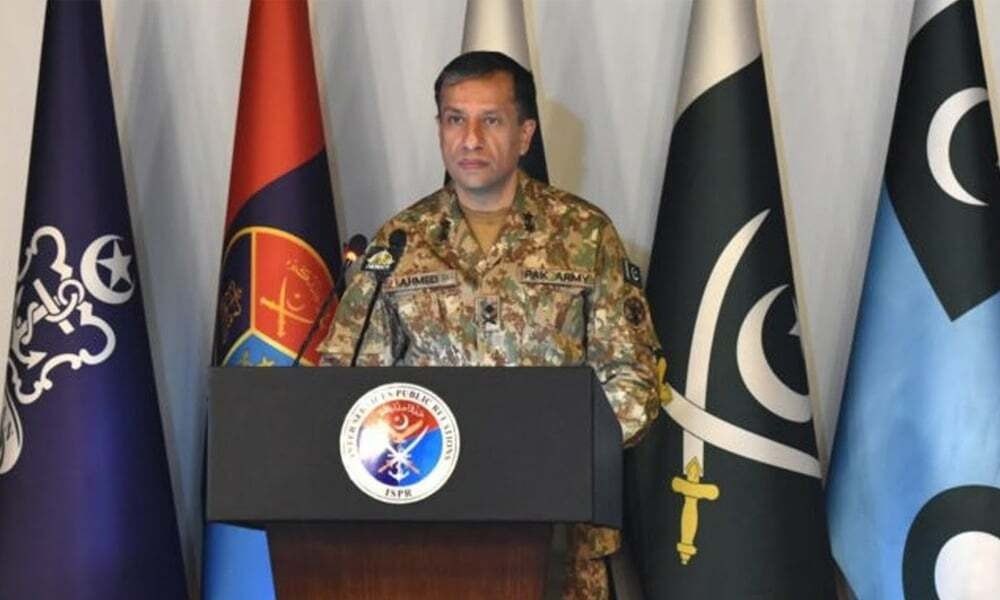Post-Pahalgam, Army And Paramilitary Arrange Tightest Security For Amarnath Pilgrims
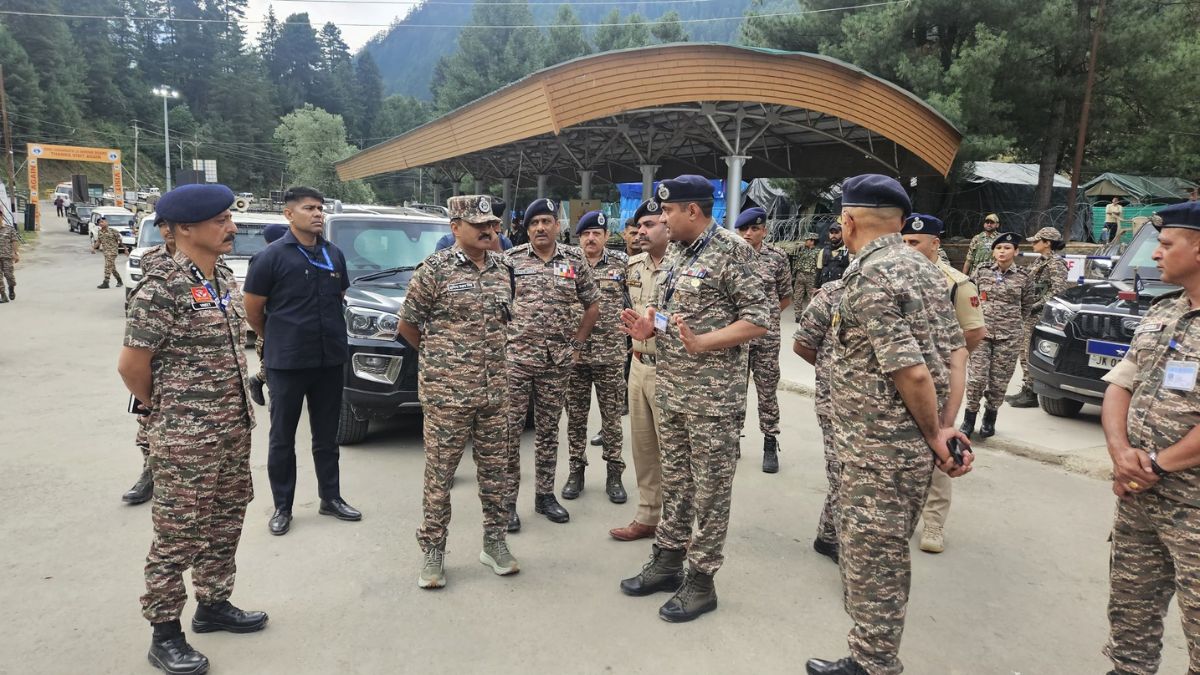
Security for Amarnath Yatra is the tightest-ever since the abrogation of Article 370. Image courtesy: X.com/@crpfindia
This year’s Amarnath Yatra has seen the most extensive security measures since the abrogation of Article 370 in 2019. In light of the terrorist attack in Pahalgam earlier this year and the ongoing security challenges, the Indian authorities have ramped up their efforts to ensure the safety of pilgrims during the annual pilgrimage.
Here are the key details about the heightened security arrangements for this year’s Amarnath Yatra:
What are the key security measures in place for this year’s Amarnath Yatra?
This year’s Amarnath Yatra has seen a sharp increase in troop deployment, the use of anti-drone and air defence systems, and extensive surveillance measures. According to security sources, these initiatives were introduced following the deadly terrorist attack in Pahalgam on April 22, which raised serious security concerns.
The Army has deployed troops in higher reaches, intensified patrolling in neighbouring valleys, and is using a variety of surveillance tools, including satellites, unmanned aerial vehicles (UAVs), and radars. Multi-layered security forces have been stationed along both routes to the Amarnath shrine, with the Army responsible for securing the periphery and difficult-to-reach areas.
How is the security apparatus structured around the pilgrimage routes?
The security around the two primary routes to the Amarnath shrine is divided into different responsibilities. The northern route via Baltal and the southern route via Pahalgam are both heavily secured, with the Army’s Special Forces and air defence units stationed at key locations. Along each route, one Rashtriya Rifles battalion is tasked with maintaining security, with additional deployment from the Army, police, and paramilitary forces.
A total of 581 Central Armed Police Forces (CAPF) companies are available for deployment during the yatra. Joint control rooms have been set up along the routes, ensuring coordination among the Army, police, paramilitary forces, and civil administration.
What restrictions are in place for the pilgrims and other individuals during the yatra?
To ensure the safety of the pilgrims and maintain the strict security measures, there are various restrictions. No-fly zones for aircraft and drones have been enforced to prevent any aerial threats.
There are also multi-tiered security checks conducted on all individuals, and certain equipment, such as small drones, are prohibited. For the vehicle routes, strict schedules have been implemented for yatra convoys and civilian traffic to avoid overlap and ensure smooth operations.
The yatra commenced on July 3 and will continue until August 9, with over 1 lakh devotees already having visited the cave shrine in the first six days.

